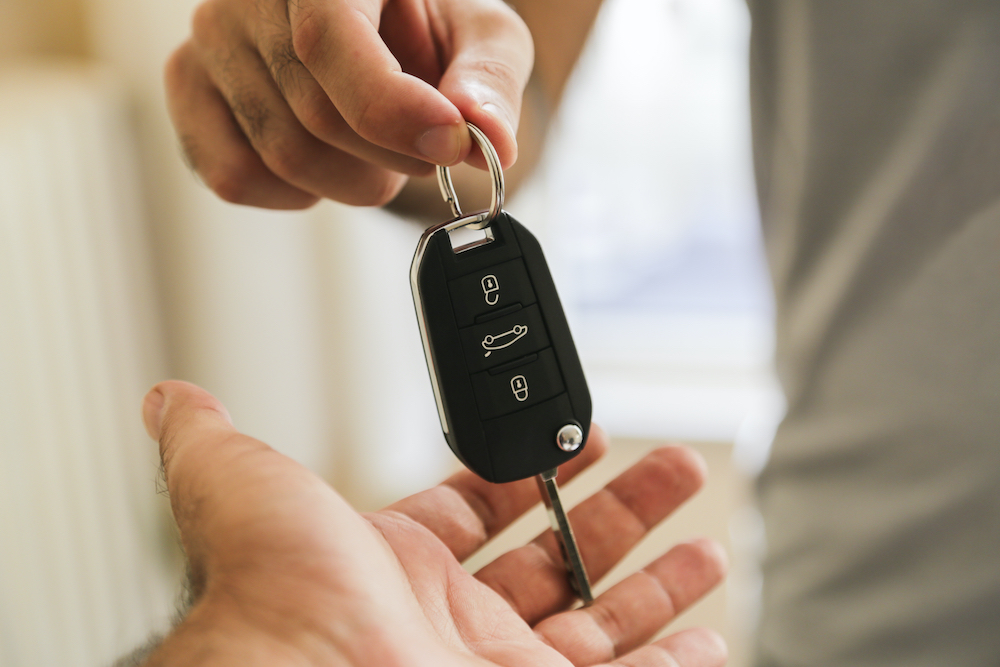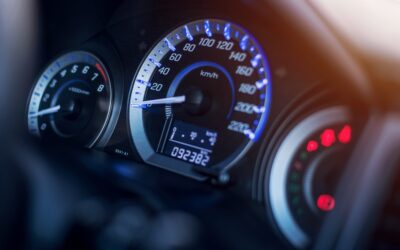The world of work is always changing. If you’re worried about your job security, you might have considered diversifying. You know how to drive, so maybe you can become a taxi driver, or a delivery driver. Maybe you could buy a van – people always need vans!
The bad news is that you can’t drive any vehicle with your driving licence. You can’t even drive every type of car with your driving licence. So what can you drive with your driving licence?
To answer this question, you need to learn to read driving licence categories and codes.

What Can I Drive on my Driving Licence?
You’ll find a table of driving licence categories and codes on the back of your driving licence. Driving licence categories indicate the sort of vehicles you’re allowed to drive on your licence. Driving licence codes tell you what conditions you must meet before you can drive.
Driving Licence Categories
There are 26 driving licence codes. Helpfully, the table on the reverse of your licence has small images of the vehicle each code refers to. So here’s our quick guide:
Mopeds
Categories AM, P, and Q. The three different categories refer to the engine size and the maximum speed of the moped you can drive on your licence.
Motorcycles
Categories A, A1 and A2. Again, the different categories refer to the size and power of the motorcycle you can drive. But if you have a Category A licence, you can also drive motorcycles from the A1 and A2 categories.
Light Vehicles and Quad Bikes
Category B1. Technically, this means you can drive four-wheeled vehicles up to 400kg unladen, or 550kg if you’re carrying goods.
Cars
Most UK driving licences are Category B, meaning you can drive cars. But you probably can’t drive just any car on your licence.
If you passed your test before 1 January 1997, a category B licence means you can drive a car and trailer with a combined mass of up to 8,250kg. You can also drive a minibus. But if you passed your test on or after 1 January 1997, you can drive vehicles up to 3,500kg with up to eight passenger seats. You can tow heavier trailers so long as your combined mass is no more than 3,500kg.
If you have a standard Category B licence, you can drive manual or automatic cars. But a Category B auto licence means you can only drive automatic cars.
Category BE means you can drive a larger vehicle – up to 3,500kg – along with a trailer.
Medium to Large-Sized Vehicles
With a Category C1 vehicle, you can drive vehicles between 3,500 and 7,500kg. Category C1E allows you to add a trailer over 750kg, so long as the combined mass of your vehicle and trailer does not exceed 12,000kg.
Category C and Category CE refer to larger vehicles. It’s a similar situation: With a Category C licence you can drive vehicles over 3,500kg, while Category CE allows you to add a trailer. But unlike Category C1E, with a Category CE licence there’s no limit to the combined mass of your vehicle and trailer.
Buses and Minibuses
Categories D1 and D1E are for minibuses. With a D1 licence you can drive a vehicle with up to 16 passenger seats and a maximum length of eight metres. Category D1E lets you add a trailer over 750kg.
Category D lets you drive any bus with more than eight passenger seats, along with a trailer of up to 750kg. With a Category DE licence, this trailer can weigh more than 750kg.
Other Driving Licence Categories
These are for specialist vehicles:
- Category F: Agricultural tractors.
- Category G: Road rollers.
- Category H: Tracked vehicles.
- Category K: Lawn mowers.
- Category L: Electrically-propelled vehicles.
- Category M: Trolley vehicles.
- Category N: This is for vehicles “exempt from excise duty”, usually meaning you can drive certain vehicles for short distances on a road. Think of a forklift, for example, coming out of a factory to load onto a lorry parked on the road. Another example might be a tractor that you need to drive from one field or another, using a public road.
What are Driving Licence Codes?
In addition to driving licence categories, there are around 50 driving licence codes. Rather than stipulating the type of vehicle you can drive on your licence, these indicate the conditions you must meet before you can drive. For example, 01 refers to eyesight correction, meaning you cannot legally drive without your prescription glasses or contact lenses.
Head here for a complete guide to driving licence codes.
So What Can I Drive on My Driving Licence?
Take a look at the back of your driving licence. The table of categories and codes will let you know what sort of vehicles you can drive on your licence. You can also use a helpful online service on the government’s website to find out what you can drive on your licence.
As a general rule of thumb, your licence lets you drive whatever vehicle you learned to drive. If you want to diversify and start driving a van or a minibus, you may have to get additional training. The government’s online checking service should tell you whether you need any additional training to drive a certain vehicle.
But one thing to bear in mind: The car insurance you need will depend on the vehicle you are driving. Insuring you for personal driving is different to insuring you for commercial driving. The price of your premium may change if your vehicle use or occupation changes. For more information, please check your policy wording.



